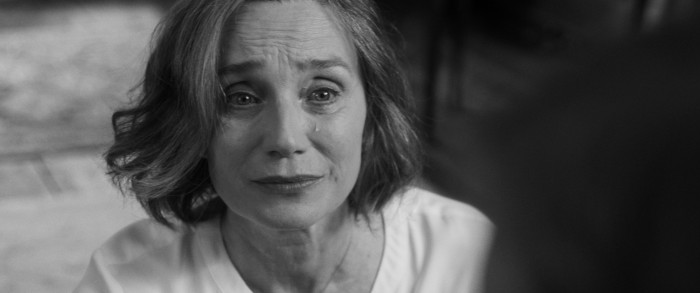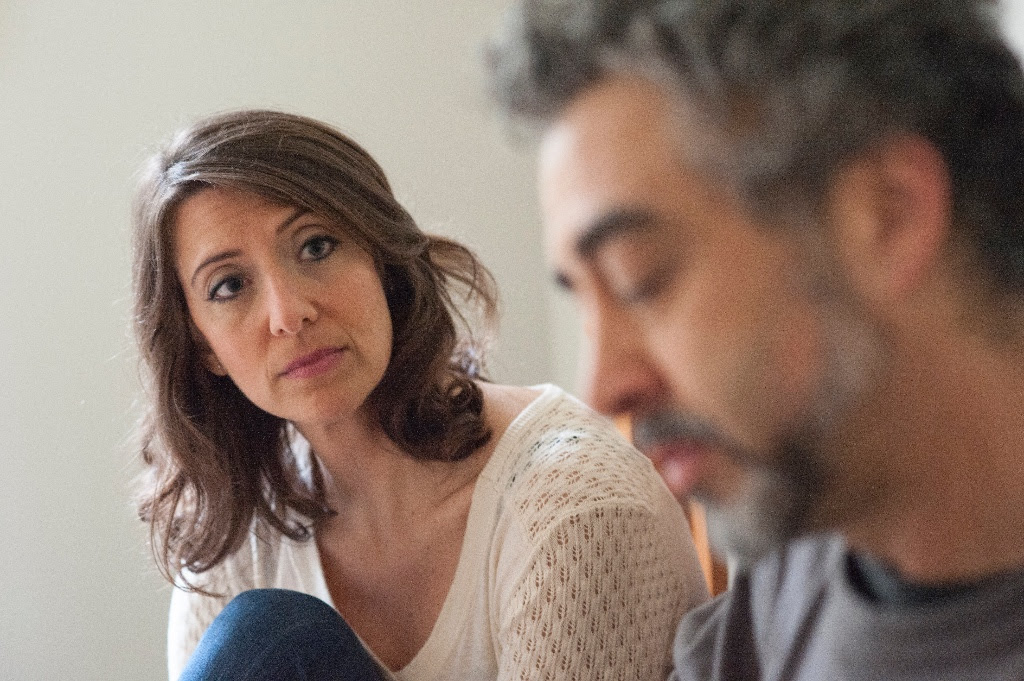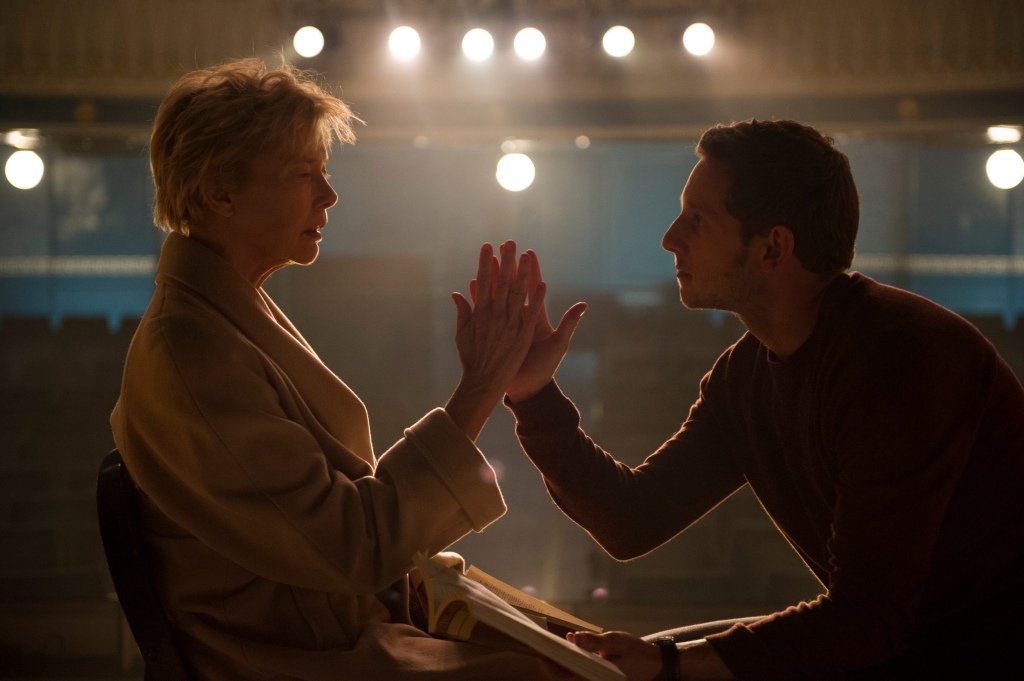
The overall tone of the film is brisk, informative, good-humored and curious; the filmmakers have an ear for a good story. Interviews and footage of the scientists, doctors, and the native Chamorros are interspersed with playful graphic sequences of this “treasure hunt” through Guam and stock footage of “mad scientist” and horror films from the 1930’s to move the story along. Upbeat titles and a propulsive score contribute to the adventurous storytelling spirit. Despite the spirited, talky feel, the filmmakers take this adventure seriously, and remind us of the gravity of neurodegenerative disease and the difficulty of its research.
While the film does not address it directly, the darker side of this type of endeavor is apparent. One immediately senses, for instance, the military and missionary legacy of colonialism in Guam. While the American and international cadre of doctors and scientists had humanitarian interests and a genuine concern for the Chamorro, the legacy of colonialism taints the relationships between scientists and subjects. That the film mostly focuses on the scientists added to this impression, despite the short sequences which include the Chamorro point of view. I sense that it is difficult to further medical research and improve people’s lives without inadvertently treading upon human dignity—especially when one has to extract brains and blood to make heads or tails. How do you treat people/subjects respectfully and how do you share your research, even if incomplete or inconclusive?
I also wonder whether a diversity in personal and social perspective (almost all of the doctors and scientists were white males) would have made the research process quicker and more humane. While there is no question that the scientific method is the best way to solve singular mysteries such as this disease, it comes with a single-mindedness that may prove to be costly in terms of inter-personal relationships and of a larger and arguably more important context. While a cure for Lytico-Bodig is undoubtedly important, moving medical research toward cooperation and inclusiveness will have longer-term benefits in the search for more cures.
With appearances by Jonathan Weiner and Dr. Oliver Sacks.
The Illness and the Odyssey, dir. Berry Minott, 2013. 74 min. In English and Chamorro. North American premiere.




Leave a comment